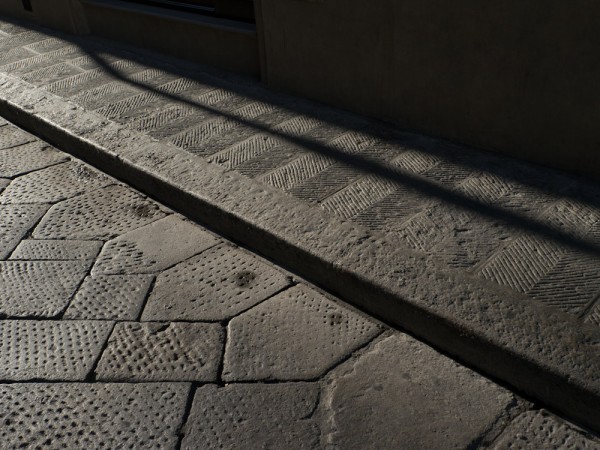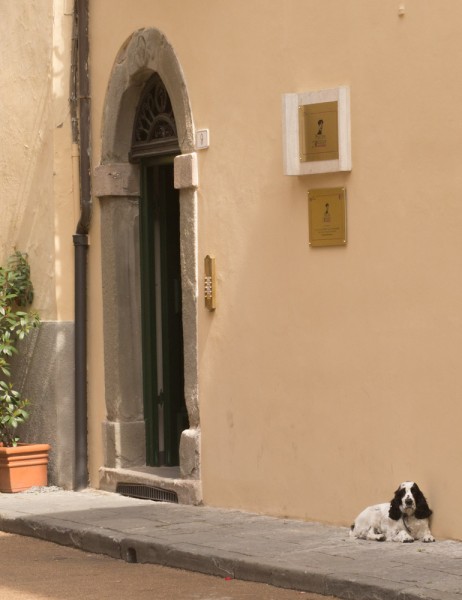Anyone who’s starting to tire of my holiday snaps will be pleased to know that I’m back in the UK, and, while I may yet post the odd picture over the next few days, they should decline to a respectable level before long! On Monday, I need to get back to work.
Various friends have been asking just what ‘back to work’ entails for me at present, since my situation has been decidedly vague for a while. So here’s a quick personal update for those interested…
After leaving Camvine in the autumn, I had a bit of a break, and then started a new company, Telemarq Ltd. (Hans Rosling once told me that he had worked out my model: whenever I run out of money, I start a new company! That’s not the intention, but it does sometimes look like that…)
Telemarq was initially formed as a vehicle for the exploration of a new invention. I think I have a good and viable idea, but I don’t have the resources to get it very far on my own (and I haven’t yet filed the patent, which is why I’m not broadcasting the details!)
Anyway, as I was debating whether to go out looking for investors for another startup, I was approached by several different companies who wanted some consultancy work, and I thought they would all would be rather interesting/enjoyable clients. Besides which, my bank account had dwindled to a level where it needed some topping-up!
So, for the moment, Telemarq is a consultancy business through which Rose and I do our work (which means it already has a rather broad remit, since our fields are very different). I’m delighted that Richard Morrison is going to be working part-time under the Telemarq banner too, since he’s one of the nicest and smartest chaps I’ve run into in a long time.
A big part of Telemarq will be software development, but there’s some teaching, some publishing, some intellectual property stuff in the mix already, and we’re only just starting.
May need some more people soon, or some more days in the week…!
To the extent I’ve formulated a coherent plan, it’s this:
To do really good work, on interesting projects, for, and with, people we like.
Not exactly a conventional business mission statement, but I’ve seen a lot worse. It’ll do as a placeholder!








Recent Comments